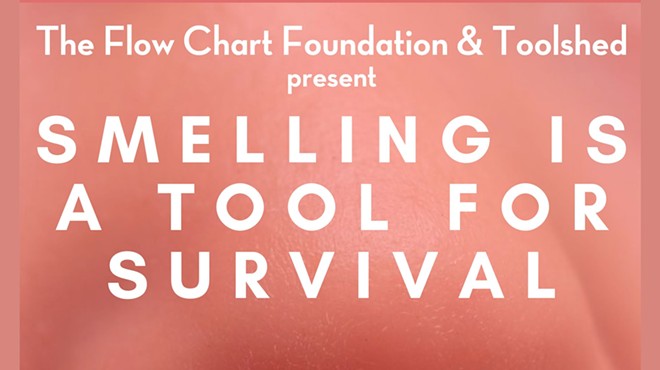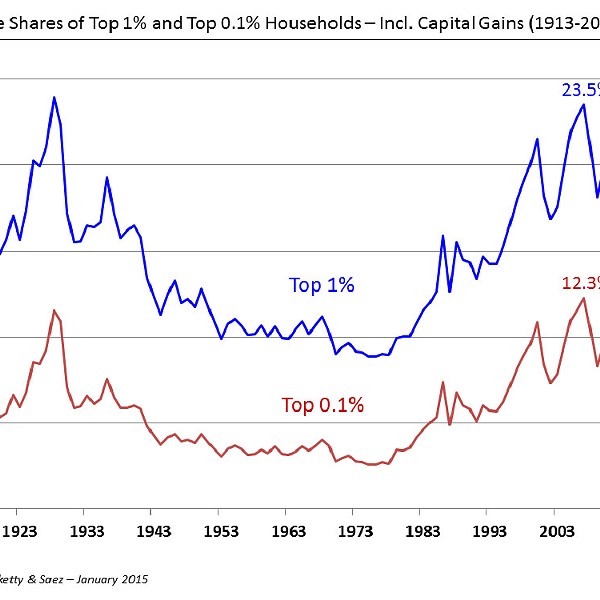Work. Budget. Save. Invest. Retire.
The basic formula to financial health is amazingly simple, but Americans are getting lost somewhere along the way. This nation is in financial crisis with soaring rates of mortgage default, credit card and student debt, and poor savings habits. To get ahead today, you truly have to come out from behind. Steve Mannato, a registered representative with William Tell Financial Services, and Sharon Pilz, a trust and investment officer at Salisbury Bank, help bring you back to the basics with a financial timeline for each period of your life.
Under 21
Establish savings habits. If there is a key to financial success in life, it starts here with parents teaching their children to save. “I think the biggest thing that I work with concerning young clients is the discipline of saving money,” Mannato says. “[Americans] are the worst savers in the world, even though we have most of the wealth of the world.” Mannato suggests starting slow, saving $25 to $50 a month in a money market or savings account with a good interest rate, and then leaving it alone. This builds discipline, which will pave the way for making investments in the future. “The last thing you want is someone to invest and then six months later say, ‘I need the money back,’” Mannato says.
Practice sticking to a budget. Young adults typically have jobs that don’t pay very well, and learning to budget is crucial. Pilz says to consider expenses and income, then use the “pay yourself first” strategy and deposit a set amount right away into a savings vehicle. The rest can go toward expenses, which, with timely payments, will help build a solid credit history.
22-30
Continue developing savings strategies. Pilz suggests that an additional portion of your income should be saved for the unexpected. “Set up an emergency fund, so you have money put aside for any unforeseen things taking place in your life that you’re going to need that cash for,” she says. Whether for a car breakdown or a plane ticket to see a sick relative, this fund will be the stash that helps you avoid racking up credit card debt and interest fees. This is also the time when student loans become due, and Pilz recommends sitting down with a customer service representative at the bank and discussing consolidation options that may lead to a lower rate. “It’s worth taking a shot to sit down and do that, because it may make it much easier to pay back,” she says. Mannato believes that sometimes advisors need to be creative with their clients—and he devised a savings tactic that can increase your savings balance and help prepare you for the real world. “Many kids are now living at home until a later age,” he says. “Use this as a learning experience, if you’re living at home pretend that you have an apartment.” The money that would be spent on rent and utilities should go into savings, helping to demonstrate if someone is financially ready to move out while simultaneously increasing their nest egg.
Develop goals and start investing. “What are your financial goals?,” Pilz will ask you, “and what are your time horizons for the short, median, and long term? Do you want to be purchasing a home in 10 years? Having children? Then it’s time to start thinking about investing.” Pilz’s first recommendation is to look into a 401K plan before anything else. “Especially in your 20s, you should start to save into your 401K plan,” she says. “Even if it’s a very small amount of money, you’re not taxed on the money that goes into your 401K plan and the earlier in life you start saving for your retirement, [the more] that money keeps compounding through the years.” Then, Pilz advises beginning to make other investments. A meeting with a financial advisor will help determine your risk tolerance, and what type of investments will be best for you. “When you’re 20 to 30, if you invest for the long term you can take more risks by investing in a growth fund or international equity fund,” Pilz explains. “But if you tell me your heart stops if you lose $1,000, we may look to put together a portfolio that has a mixture of not 100 percent stocks, but maybe 80 percent stocks, 10 percent bonds, and 10 percent money market [funds].”

















